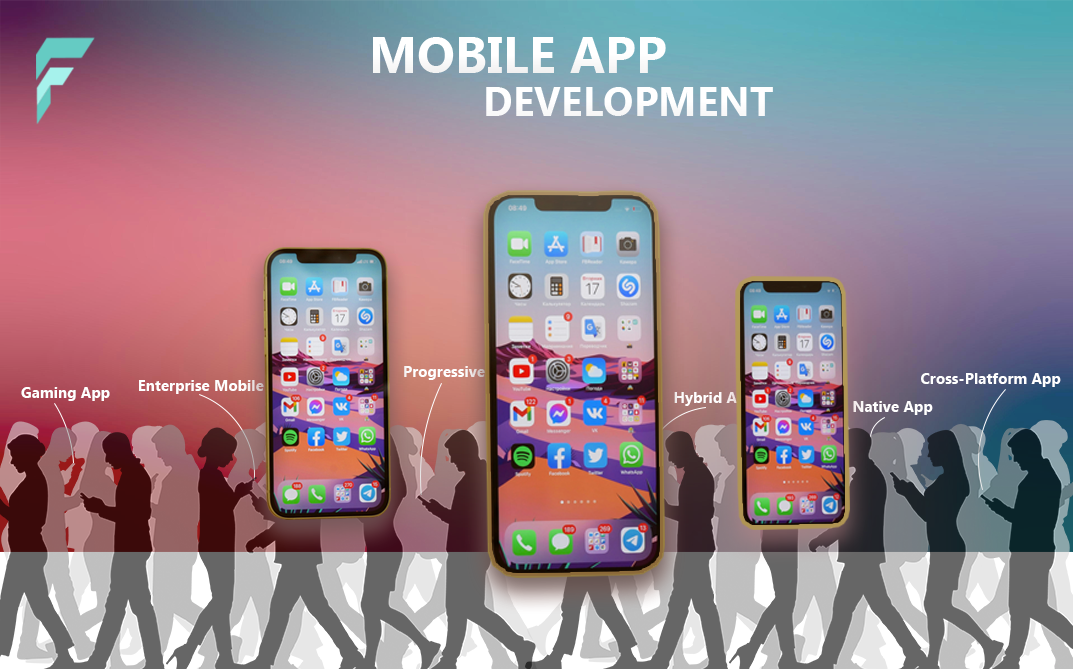Progressive Web Apps (PWA)
Discover Progressive Web Apps (PWA)—explore benefits, key features, development insights, and how they bridge web and native experiences
Discover Progressive Web Apps (PWA)—explore benefits, key features, development insights, and how they bridge web and native experiences
Progressive Web Apps (PWAs) are a modern approach to web application development that combines the best features of web and native mobile applications. They provide a seamless, fast, and engaging user experience across different devices and platforms while eliminating the need for users to download and install apps from an app store. PWAs leverage modern web technologies to deliver enhanced performance, offline functionality, and push notifications, making them an excellent choice for businesses looking to improve user engagement and accessibility.

PWAs offer several advantages over traditional web and native applications, making them a preferred choice for many businesses and developers.
Progressive Web Apps are built with modern web technologies that enable them to deliver an efficient and engaging experience. Here are some key features:
Developing a Progressive Web App involves several key steps, from planning to deployment. Below is a step-by-step guide to building a PWA:
One of the most significant advantages of PWAs is their ability to bridge the gap between traditional web applications and native mobile apps. Here’s how PWAs achieve this balance:
While PWAs offer numerous benefits, they also come with some challenges that developers need to consider:
With advancements in web technologies, the future of PWAs looks promising. Here are some expected trends:

Choose F12 Technologies for industry-leading mobile app solutions designed to boost engagement, efficiency, and growth for your business.
We tailor our services to meet your specific requirements, ensuring innovative and impactful solutions that help you achieve your goals.
Contact Us